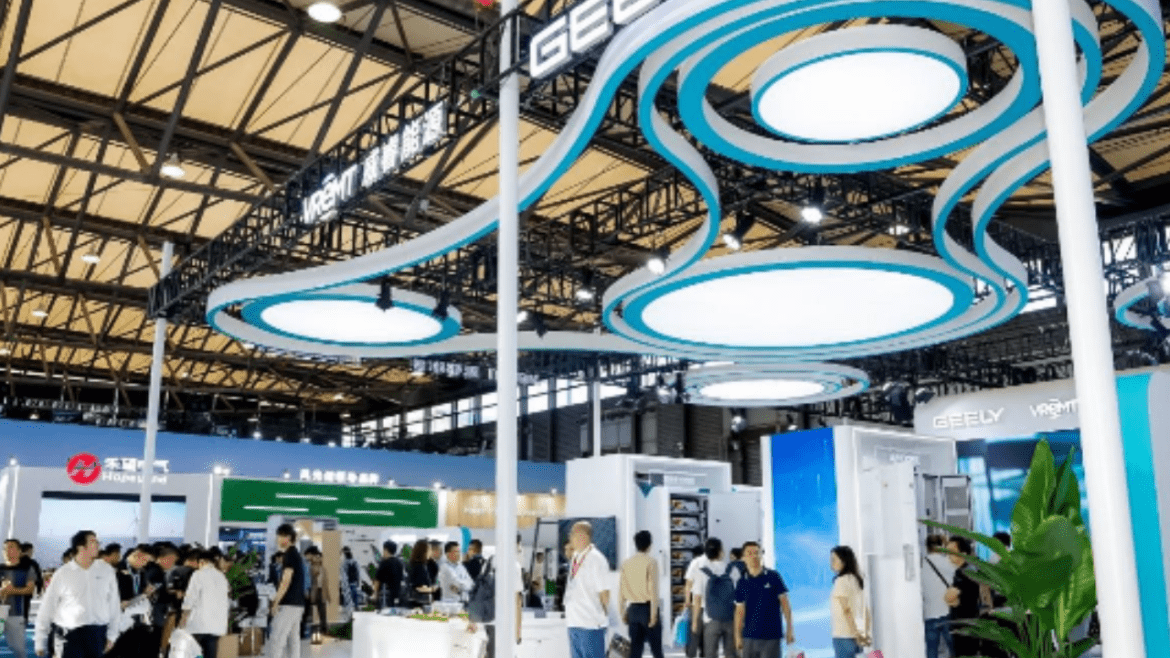Electric vehicle (EV) charging stations are critical infrastructure facilitating the mass adoption of electric vehicles in the rapidly changing environment of sustainable transportation. These charging stations are the lifeblood of the electric mobility revolution, offering a network that enables EV owners to refuel their vehicles conveniently.
These charging stations, which range from home charging setups to public stations strategically placed in urban areas and along highways, serve a variety of demands while helping to reduce carbon emissions and promote environmental sustainability. EV charging stations are available in a variety of configurations.
The EV energy systems range from Level 1 chargers for use in homes to Level 2 chargers for quicker charging in offices and residences to Level 3 fast chargers for quick refueling while traveling long distances. As governments, corporations, and communities join the worldwide push towards cleaner transportation and energy solutions, the development and availability of reliable charging infrastructure become critical to the success of electric vehicles.
Workings of Electric Vehicle Charging Stations
The following provides comprehensive information about how an electric vehicle charging station operates:
Power Input and Grid Connection
Electric vehicle charging stations are linked to the power grid to receive the electricity needed for charging. The power input is generally alternating current (AC), and the charging station’s inbuilt power electronics play an important role in controlling the conversion of alternating current (AC) electricity from the grid to direct current (DC) required for charging electric vehicle batteries.
Charging Station Type
There are various electric vehicle charging stations, each with its charging speed and application. Level 1 chargers operate on ordinary household outlets (120 volts) and are ideal for overnight charging. Level 2 chargers, which use 240 volts and provide faster charging, are widely encountered in residential and public settings. DC fast chargers, also known as Level 3 chargers, are designed for rapid charging and are generally found along highways and in high-traffic locations.
Charging Cables and Connectors
Charging cables and connectors are critical components that physically connect the charging station to the electric vehicle. Different charging standards and countries may employ different connectors, such as Type 1, Type 2, CCS (Combined Charging System), CHAdeMO, and Tesla’s unique connector. The connector used is determined by the charging station’s compatibility and the charging port on the electric vehicle.
Power Electronics
Power electronics, which manage the conversion and flow of electrical energy, are at the heart of electric vehicle charging stations. Inverters, rectifiers, and converters are critical components that convert alternating current (AC) electricity from the grid into direct (DC) power needed to charge an electric vehicle’s battery. The efficiency and dependability of these power electronics add to the charging station’s overall performance.
Monitoring Framework
The entire charging process is overseen by control and monitoring systems. These systems monitor charging session progress, control power flow, and ensure the safety and security of both the car and the charging station. Advanced control systems, for example, enable smart charging by allowing users to schedule charging sessions, monitor energy consumption, and receive real-time updates on the charging process.
Measuring and Invoicing
Metering and billing systems monitor the energy consumed throughout the charging process and play an essential role in appropriately billing electric vehicle customers. Smart meters and authentication mechanisms are used to record energy consumption, and billing might be based on time, energy consumption, or a mix of the two. Transparent and effective billing mechanisms help to ensure the charging infrastructure’s long-term viability.
Safety Features
The design of an electric vehicle charging station must prioritize safety. Stations are outfitted with safety features such as automatic shut-off mechanisms, ground fault protection, and temperature monitoring to prevent overheating. These safety procedures ensure a safe charging environment for both the electric vehicle and the charging infrastructure.
Summary
Electric vehicle charging stations are an important link in the transition to sustainable and environmentally friendly transportation. As the use of electric vehicles grows, the evolution of charging station technology remains critical, with continual advancements targeted at improving charging speeds, interoperability, and the overall user experience. A strong and efficient charging infrastructure is critical for realizing the full potential of electric mobility and creating a greener, more sustainable transportation scene.
